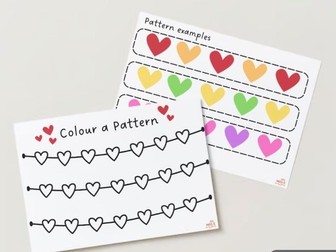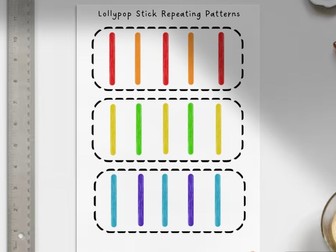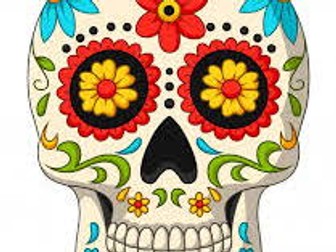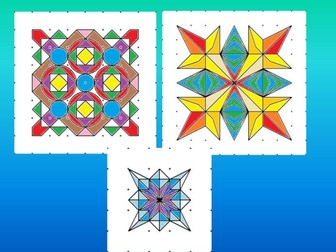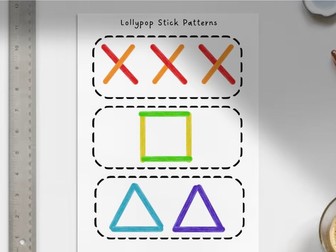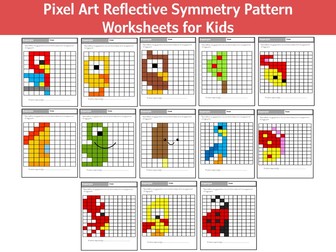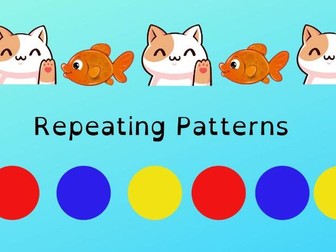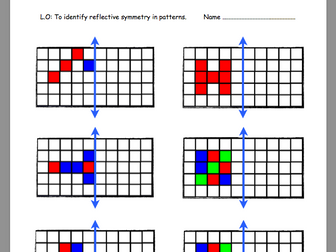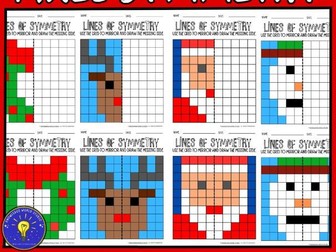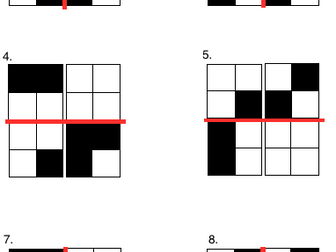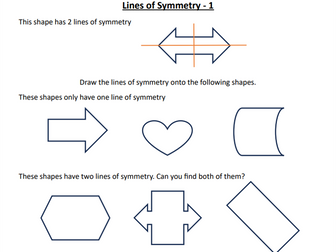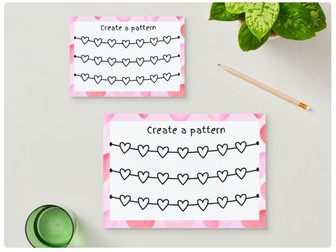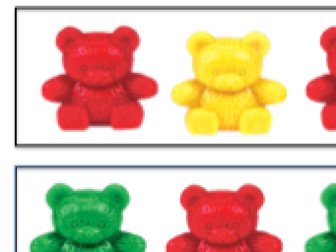Math Art – Rotational Symmetry – Mandala Patterns
A fun activity for your students when studying geometry or cultural celebrations such as Diwali (The Festival of Lights). <br />
<br />
Students use the grid lines and lines of symmetry to help them draw the pattern in the other sections of the circle. The lines are light grey and they will become less visible after colouring. <br />
<br />
Included: <br />
♦ 3 different patterns<br />
♦ Blank template (students can make up their own pattern)<br />
<br />
For each of the 3 patterns: <br />
♦ student template with grid lines.<br />
♦ completed student template (great as a reference during the lesson).<br />
♦ the pattern without the grid lines (could be used as a simple colouring activity if desired).<br />
<br />
An example of what is included for each of the 3 patterns is included in the images. <br />
<br />
Provided in 2 different paper sizes: <br />
♦ A4 size paper <br />
♦ Letter size paper<br />
<br />
Make ... colour ... cut ... display <br />
<br />
The blank template includes: grid lines, lines of symmetry, outer circle.<br />
<br />
© Suzanne Welch Teaching Resources
